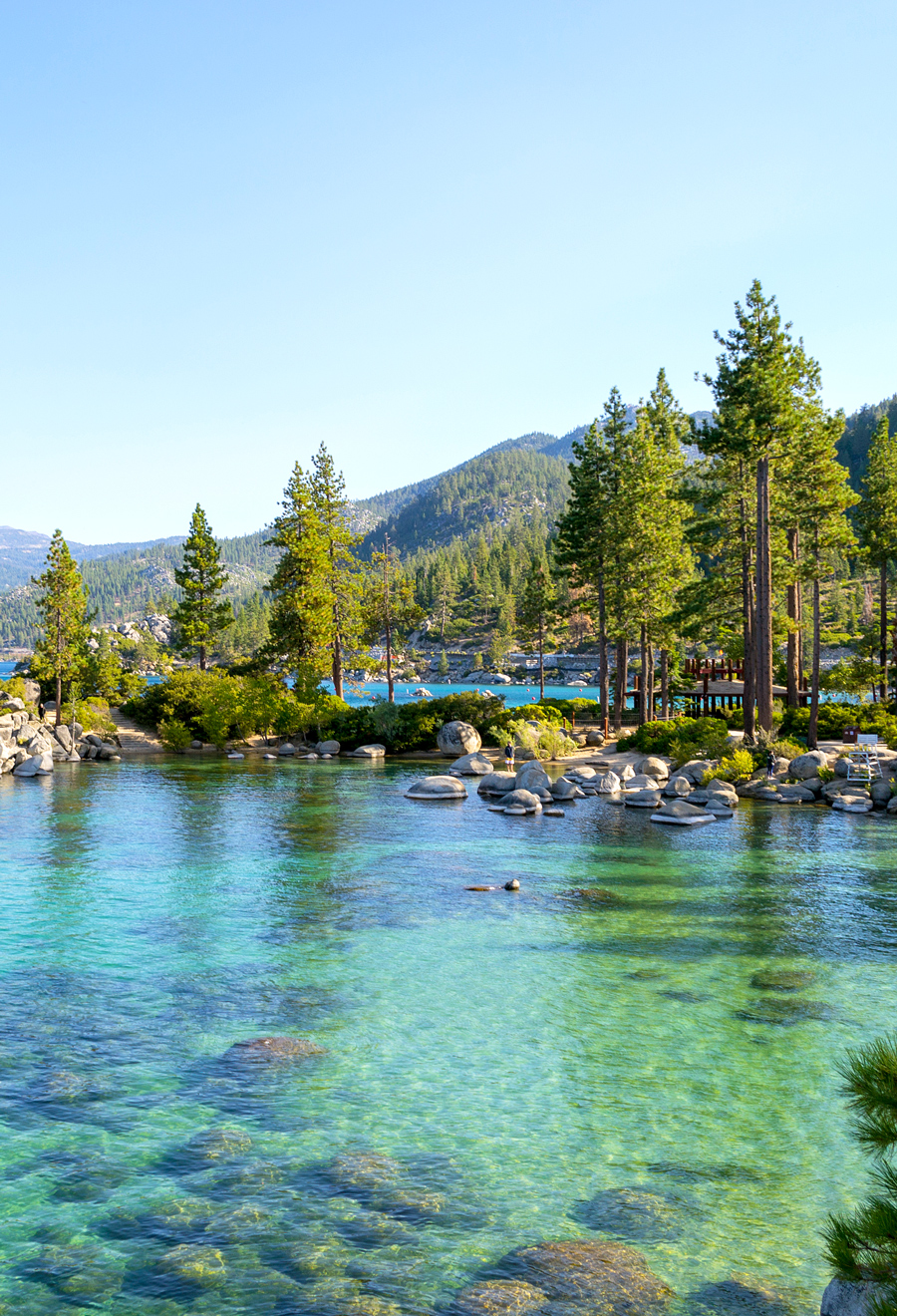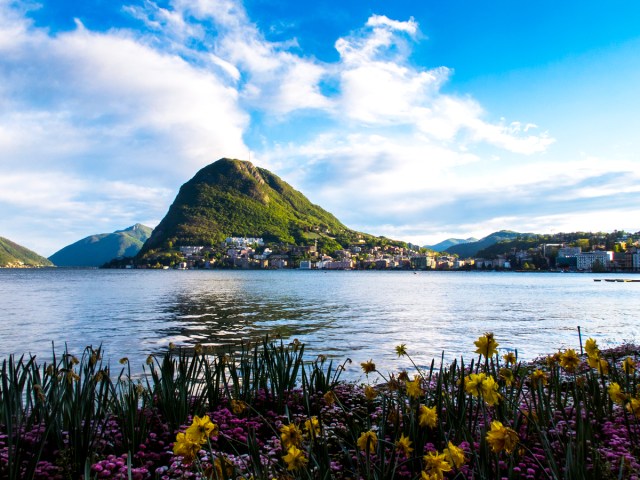If you picture a lake and think only of a murky bottom and low visibility, you might want to think again. Throughout the world, there are lakes where you can see hundreds of feet down, ones filled with strikingly clean water and even deep blue colors that rival the sea. If this sounds appealing, these 10 lakes — from the islands of Indonesia to the Alps of Switzerland — are some of the clearest, cleanest, and most breathtaking bodies of water you can visit.
Lake Tahoe – California and Nevada
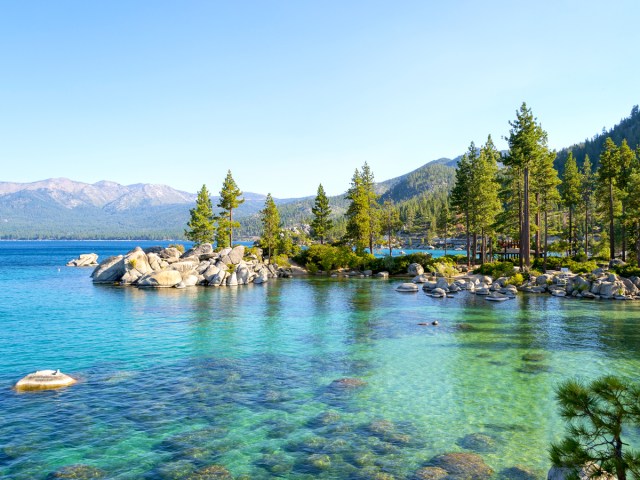
The largest alpine lake in the United States, Lake Tahoe also happens to be one of the clearest lakes in the world. Reaching a depth of 1,645 feet, Tahoe is one of the deepest lakes in North America, and the lake’s water clarity has attracted visitors for centuries.
However, over the past six decades, the lake’s average visibility has dropped from 102 feet in 1968 to 61 feet in 2021. Recently, though, researchers reported Lake Tahoe’s visibility improved to 71 feet in 2022, thanks to an increase in zooplankton, microscopic animals that feed on murky particles in the water. This phenomenon is due to a sudden decrease in Mysis shrimp, which feed on the zooplankton, resulting in cleaner and clearer water. For more than 50 years, the League to Save Lake Tahoe has worked to preserve the lake for generations to come, popularizing the slogan, “Keep Tahoe Blue.”
Lake Baikal – Russia
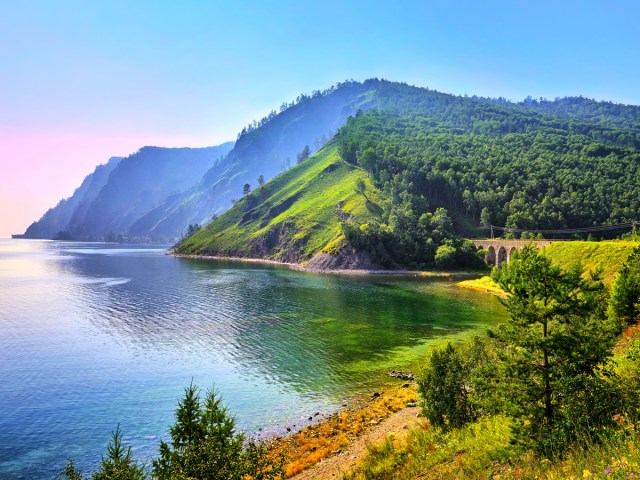
Lake Baikal isn’t just one of the clearest lakes in the world — it’s also the world’s largest freshwater lake by volume. Because the lake is completely frozen over for almost half of the year, the lake’s visibility reaches 131 feet in the winter, with water so clean and clear, it has been compared to distilled water. Lake Baikal is home to thousands of different species, including Baikal seals (the world’s only freshwater seals), omul fish, and rare eagles — lending the lake its nickname, the “Galapagos of Russia.”
Aside from its water clarity, Lake Baikal has several other bragging rights. At an estimated 20 million to 25 million years old, it’s the oldest freshwater lake in the world, and at 5,577 feet deep, it’s also the planet’s deepest lake. Lake Baikal contains approximately 20% of the world’s freshwater reserve — more than all the Great Lakes combined.
Rotomairewhenua – New Zealand
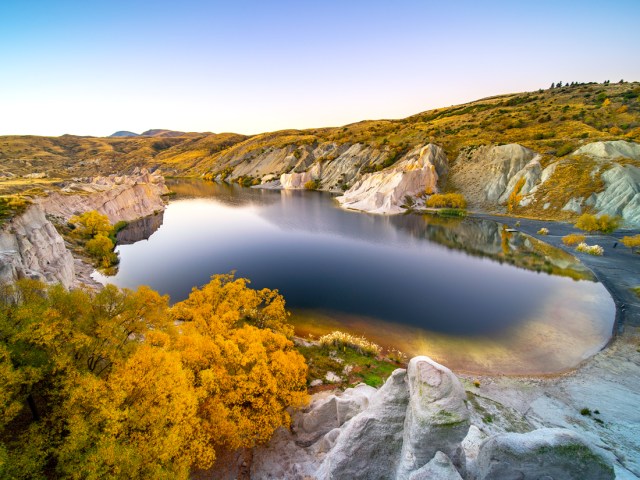
Rotomairewhenua — better known as the “Blue Lake” — is frequently cited as the clearest lake in the world. In 2011, a group of scientists studied the remote lake and discovered some of the cleanest waters on the planet. Surrounded by 15 other lakes in New Zealand’s Nelson Lakes National Park, Rotomairewhenua reaches 252 feet deep, and visitors can see well into its watery depths, thanks to the glacial waters that feed it, keeping it clean and clear.
In order to reach Rotomairewhenua, you can either hike through the wilderness for four to seven days, or take a water taxi to Lake Rotorua, and then hike approximately 5 miles to Blue Lake Hut, which provides bunks for overnight travelers. Because the lake is a sacred body of water to the area’s Indigenous peoples, swimming is prohibited to keep Rotomairewhenua in its pristine, natural condition.
Lake McKenzie – Australia
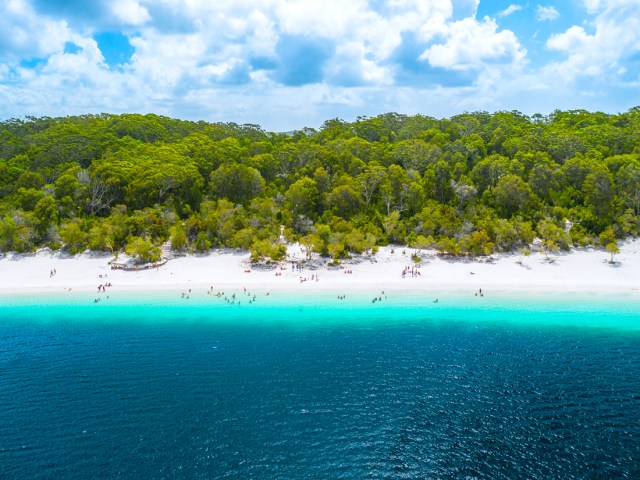
Located on K’gari (aka Fraser Island), the largest sand island in the world, the pristine waters of Lake McKenzie are a unique natural phenomenon that results from the island’s sandy topography, where sand dunes formed a depression that eventually filled with water. As a result, Lake McKenzie is a perched lake, meaning that it is made up entirely of clear, pure rainwater, without any polluting groundwater or connecting streams.
The lake’s high visibility is thanks to its sandy bottom, which acts as a natural filter to clean the water, while its electric blue color is the result of the white sand floor reflecting the sky. Since the lake is not connected to any water sources, there are no fish, weeds, or insects, and the water is surprisingly clean, clear, and cold. Though Lake McKenzie is open to swimmers and paddlers alike, the road there is accessible only via ATV or high-clearance 4WD vehicles.
Crater Lake – Oregon
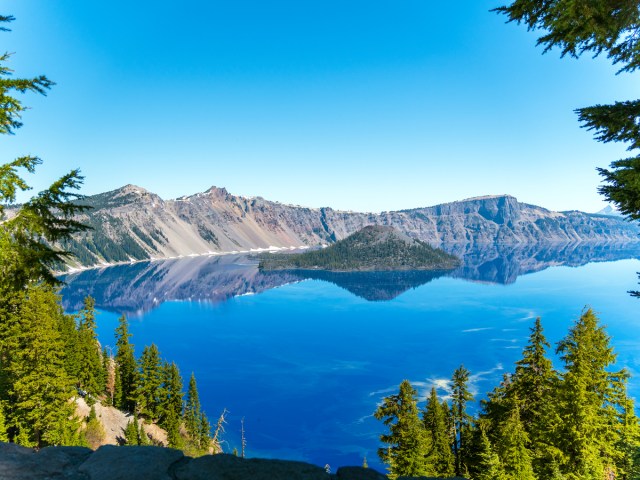
Oregon’s Crater Lake is not only one of the clearest lakes in the world, but also the deepest lake in North America. Reaching an astounding 1,943 feet below the surface, it’s the seventh-deepest lake in the world. Like at Lake McKenzie, the water’s clarity is a result of the lake’s formation. Approximately 7,700 years ago, Mount Mazama erupted and collapsed, forming a deep caldera that took an estimated 740 years to fill up with snowfall and rainwater.
Crater Lake’s clean and deep waters result in a dazzling blue color that has drawn visitors to Crater Lake National Park for nearly a century. Recent studies show that the lake’s color and clarity are also thanks to a deficiency in phytoplankton, in addition to very little organic matter, which allows for light to penetrate the lake as deep as 320 feet. Although the lake is rather chilly, swimming is permitted in specific locations, including Cleetwood Cove and Wizard Island.
Lake Mashu – Japan
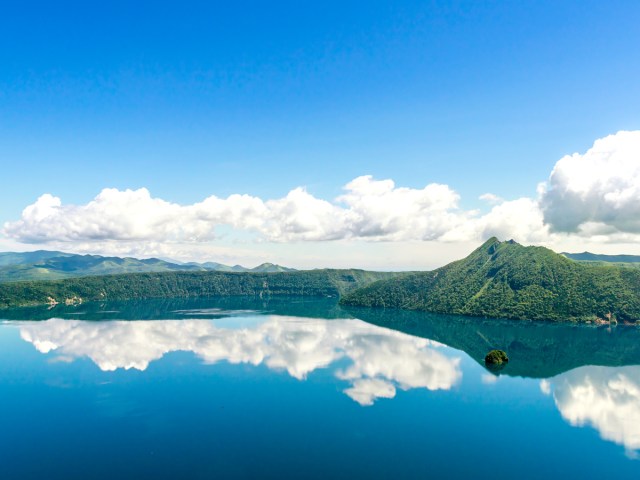
One of the clearest lakes in Japan, Lake Mashu is shrouded in intrigue and mystery. The lake — considered sacred by the Indigenous Ainu peoples of Japan — has had several names over the centuries, including ones that translate to “Devil’s Lake” and “Lake of the Gods.” Now simply known as Lake Mashu, it formed 2,000 years ago after a volcanic eruption. According to Ainu legend, it’s believed to be bad luck if you see the lake’s surface through the mist. In this case, it’s likely a good thing that the lake is shrouded by fog over 100 days of the year.
Lake Mashu’s absence of tributaries contributes to its transparency, although reports reveal that its clarity has declined over the years. Researchers believe that this is due to the introduction of kokanee salmon, as well as a change in water circulation patterns due to climate change. However, since no human contact is allowed with the lake, the water is much cleaner and clearer than most bodies of water.
Five Flower Lake – China
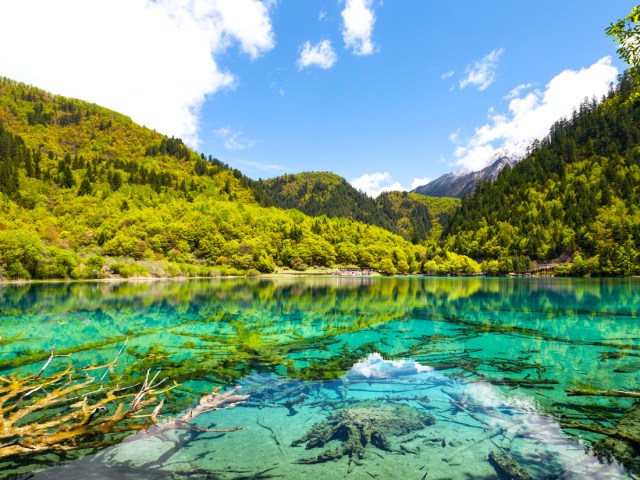
This pristine lake in China’s Min Mountains is steeped in mythology, with several different tales surrounding its origin. In one such myth, the lake was created after a Tibetan goddess wept for a mortal man she loved; according to other legends, a goddess dropped her mirror and its shattered glass resulted in the lake. Regardless of its origins, Five Flower Lake is particularly stunning, with clear turquoise waters and pure visibility down to 16 feet.
The lake’s name is derived from its multicolored depths, which include arresting shades of ultramarine blue, deep green, and light yellow. These colors are due to the presence of calcium carbonate in the lake’s waters, as well as the limestone deposits on the lake bed. In order to keep Five Flower as pure as possible, the lake has strict conservation laws, such as limiting the number of visitors and building boardwalks to avoid human contact with the water.
Lake Blausee – Switzerland
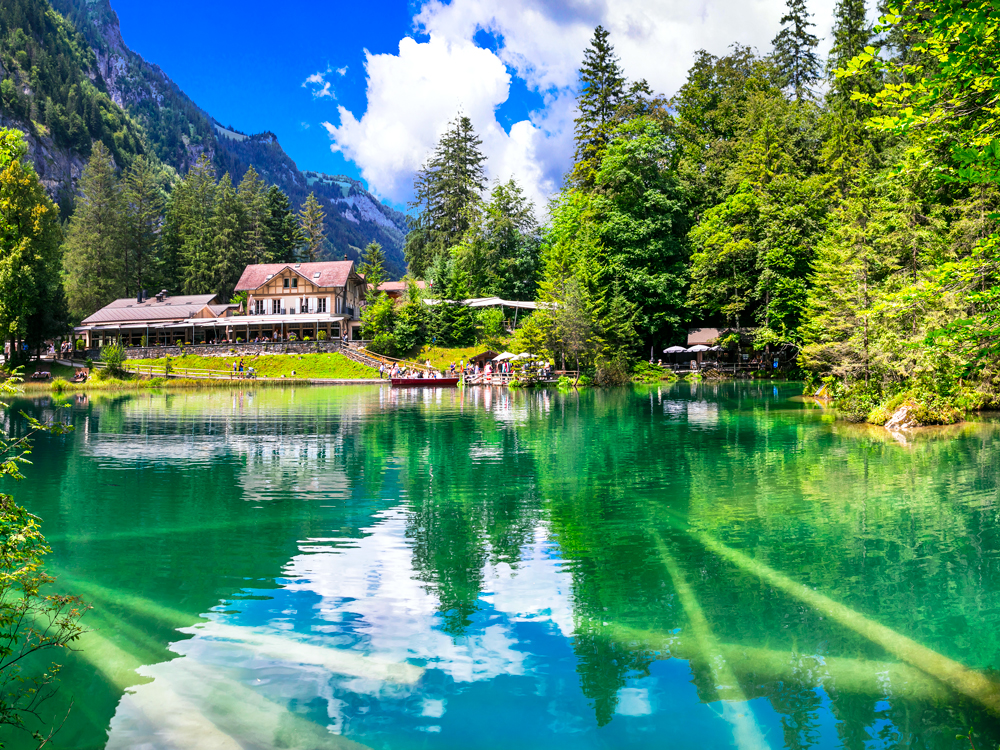
Switzerland is home to over 1,500 lakes, but of all the stunning alpine lakes in the country, Lake Blausee is regarded as the clearest and perhaps the most beautiful. According to legend, the lake’s azure color emerged after a beautiful maiden lost her one true love, and subsequently drowned in sorrow. In solidarity with her pain, the lake took on the blue tears of her eyes. Today, a sunken statue in the lake pays homage to its origin story and adds to the lake’s mysterious allure.
According to science, however, the lake’s unique color and clean water are a result of being fed by subterranean springs. The lake is so clear that trout are visible beneath the water’s surface, as are rocks and fallen tree trunks. Although swimming is not allowed, visitors can appreciate the lake’s crystal-clear waters on glass-bottomed rowing boats. A spa hotel is also located on the lake’s shoreline, which is home to several tranquil walking paths and picnic spots.
Paisu Pok Lake – Indonesia

Paisu Pok Lake has earned the nickname “Mirror Lake,” thanks to the brilliant reflection from its crystal-clear waters. Translating to “black water” in the Indigenous Banggai language, Paisu Pok was named by locals who could spot the dark-colored plants visible on the bottom of the lake. Despite its name, Paisu Pok — located on Peleng Island in Central Sulawesi — is a deep cerulean blue in more shallow sections of the lake.
Filled with fallen logs, rocks, and aquatic plants, the lake’s bottom is visible all the way from the surface, even though its deepest point reaches 32 feet. Paisu Pok is a popular spot for snorkelers, scuba divers, and swimmers, but visitors can also rent a small boat, canoe, or stand-up paddleboard to explore the lake’s ethereal beauty.
Moraine Lake – Canada

Canada has its fair share of lakes — over 2 million of them — but perhaps none is quite as spectacular as Moraine Lake. Nestled within Banff National Park’s Valley of the Ten Peaks, Moraine Lake is shockingly blue, clear, and cold. The water’s rare beauty is a result of an abundance of minerals and sediments that lend it a vibrant blue-green hue. The water’s pure visibility also allows light to penetrate deep in the lake, which enhances the reflective coloration.
Although swimming is not recommended in Moraine Lake due to the frigid water temperature, paddling is permitted. Venturing around the lake on a canoe or kayak is the best way to experience the lake’s clarity for yourself. Canoes are available to rent on the lake’s dock, and bringing your own kayak is also allowed.
More from our network
Daily Passport is part of Inbox Studio, which publishes content that uplifts, informs, and inspires.






